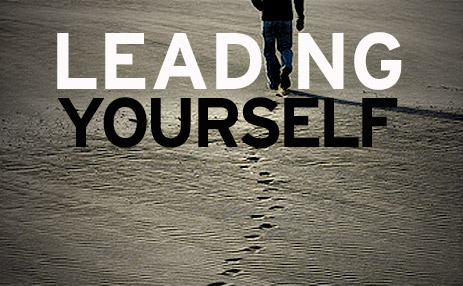
In order to succeed, your desire for success should be greater than your fear of failure. – Bill Cosby
A story is told of two explorers who were on a jungle safari when suddenly a ferocious lion jumped in front of them. “Keep calm” the first explorer whispered. “Remember what we read in that book on wild animals? If you stand perfectly still and look the lion in the eye, he will turn and run.” “Sure,” replied his companion, “You’ve read the book, and I’ve read the book. But has the lion read the book?”
Most leaders I know are familiar with fear. Not that they live in a constant state of fear or paranoia, but it is a part of the leadership experience that defines them. Fear will either motivate you or it will dishearten you. How you choose to react to the fears you face will determine its effect on you.
Your success as a leader will come when you embrace your fears and turn them into positives. Do you know what your fears are? Are you willing to confront them? Until you honestly confront them you will never overcome them. So what are the most common forms of fear for leaders? Let’s look at two and their surprising connections.
Two Common Fears:
Fear of failure
Every business person, entrepreneur, athlete, leader, etc. has a desire to be successful. Regardless of how that success is measured the desires are still the same. But a fear of failure is the most commonly shared fear that prevents those dreams from being fulfilled. If left unchallenged it will always hold you back.
Often the fear of failure is a pride issue. The rationale is rooted in what others will say or think if you try something and fail. Certainly other considerations are at stake such as financial, etc. but fear of failure will ground you every time.
Fear of rejection
Besides a fear of failure the fear of rejection is an all too common fear that many struggle with. When the humiliation of rejection is a more powerful deterrent than the potential for success then fear has won. So what happens? People hold back. They sit out. They allow fear to dictate their decisions.
Like your attitude, fear is a neutral emotion that is turned into something good or bad depending on how you respond. Healthy attitudes and fears can serve you well if you use them properly. So what is the connection?
Two Common Connections:
While countless examples could illustrate the point let’s look at two. These people embody what can happen when we allow our fears to motivate us rather than discourage us.
A famous “failure”
He first went into politics at the age of 23. He ran for a seat in the Illinois General Assembly. He lost. He later ran a General Store. It failed. But today, not too many people look back upon those events and use them to label the 16th President of the United Sates as a failure. Abraham Lincoln is recognized as one of our most beloved presidents in history. He experienced failure, but he was not a failure. And he did not allow those failures to define him.
A famous “reject”
He dropped out of high school and applied to attend three film schools but was unsuccessful due to his C grade average. But if you have been entertained by such movies as E.T., Jurassic Park, Schindler’s List, Saving Private Ryan, and many more, then you’d agree with me and the critics that Steven Spielberg is one of the greatest film directors of all time. Spielberg was rejected, but he was not a reject. He didn’t allow his setbacks to hold him back.
The connection between fear and success comes down to this: every successful movie director, politician, athlete, entrepreneur, etc. have all faced their fears and have overcome them. Your success as leader will not be characterized by an absence of fear but by what you did with it.
Denis Waitley said, “Failure should be our teacher, not our undertaker. Failure is delay, not defeat. It is a temporary detour, not a dead end. Failure is something we can avoid only by saying nothing, doing nothing, and being nothing.”
Do you have fears? Welcome to the club. It’s time to roll up your sleeves, dig deep, and stare them down. Don’t allow your fears to hold you back, turn them into stepping stones to take you to the places you want to go.
© 2014 Doug Dickerson
I welcome your feedback:
1. What fear do you struggle with the most?
2. What steps can you take to change the way you look at fear?
Please follow and like us:








